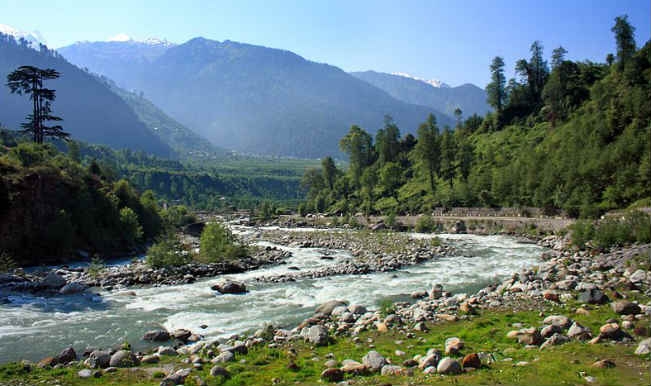
Beas River
Kullu, India
- Capture scenic landscapes through photography
- Engage in fishing activities
- Enjoy picnic with family and friends
- Enjoy white-water rafting adventure
- Go for riverside trekking and hiking
- Relax and meditate by the river
- Visit nearby temples and villages
Known for:
Description:
The Beas River, originating from the Beas Kund in the Himalayas, is a lifeline of the Kullu Valley, offering breathtaking views and a serene ambiance. Its turquoise waters, surrounded by towering mountains and lush greenery, create a picturesque landscape perfect for nature lovers and adventure seekers. The river is known for its rapids, making it a popular spot for white-water rafting. Numerous trekking trails follow the river's course, offering stunning vistas. The Beas River is not just a scenic attraction but also an integral part of the local culture and economy, supporting agriculture and providing a source of livelihood for many communities along its banks. Enjoy the tranquility by simply sitting by the riverside, listening to the gurgling water, and soaking in the natural beauty.
History:
The Beas River, known as Vipasha in ancient times, holds significant historical and mythological importance. Legend says that Sage Vyas, the author of the Mahabharata, created the river from Beas Kund. Alexander the Great's army reached the banks of the Beas in 326 BC but refused to cross it, halting their eastward expansion. This marked the easternmost extent of Alexander's conquests. The river has been a witness to numerous historical events and cultural exchanges throughout the centuries. During the British Raj, the area around the Beas became a popular hill station, and the river played a crucial role in the development of the region's infrastructure. Today, the Beas continues to be a vital resource and a symbol of the Kullu Valley's rich heritage.